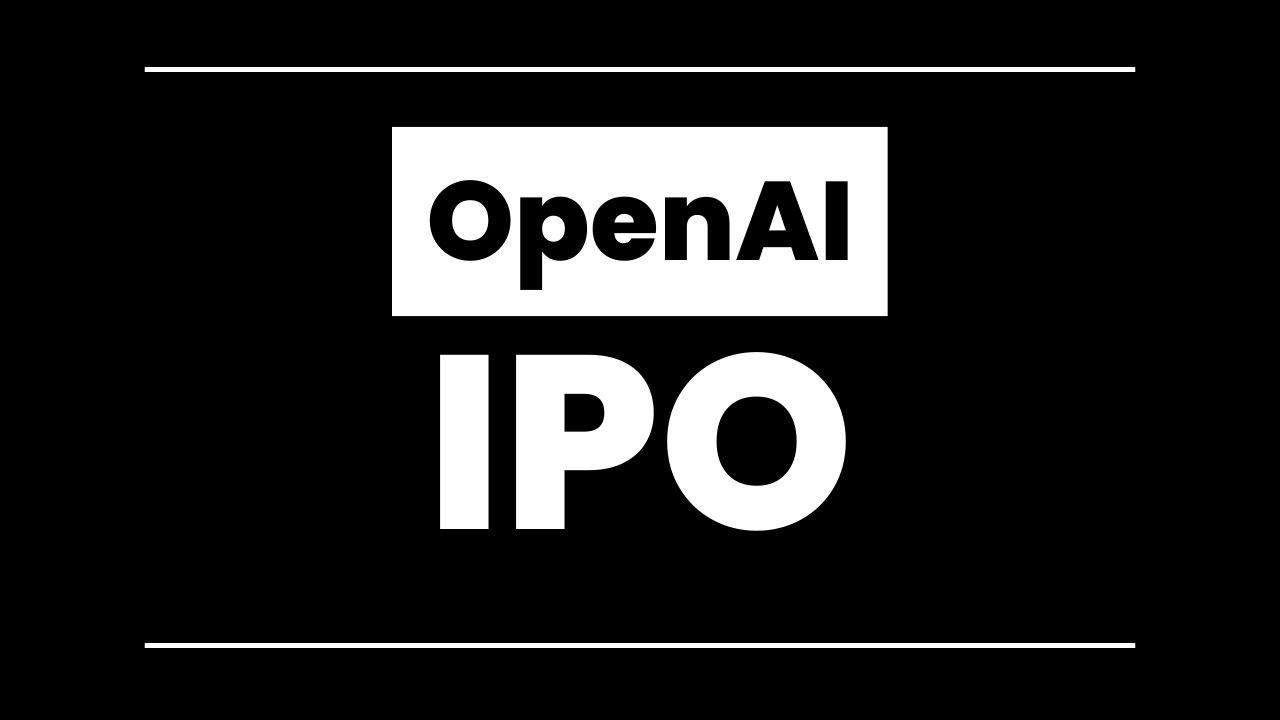Before anyone begins learning about the stock market, it is essential to understand the difference between an organization and a company. Many beginners use both words as if they mean the same thing, but in the business world they represent two very different ideas.
Once this difference becomes clear, the entire structure of the stock market begins to make sense because stocks are always tied to companies, not organizations.
What Is an Organization?
An organization is a large umbrella structure that can include many different companies operating in different industries. You can think of an organization as a big family name that connects several businesses, even though each business may function independently.
In the United States, Alphabet is one of the clearest examples. Alphabet is the organization, and under it operate several individual companies such as Google LLC, YouTube, Waymo, and others. Each company has its own operations and goals, yet they are all connected through the Alphabet organization.
Another strong American example is Berkshire Hathaway. It is an organization headed by Warren Buffett, but inside it exist many individual companies like GEICO, BNSF Railway, Dairy Queen, and several others. Every company functions separately, but they all belong to the Berkshire Hathaway organization.
Understanding this structure helps clarify that an organization is not a single business. It is a parent-level entity under which multiple companies operate.
What Is a Company?
A company is a legally independent business entity created and recognized by the law of a country. In the United States, a company comes into existence when it is incorporated under state corporate laws. Once incorporated, it receives its own legal identity separate from the owners or shareholders.
To understand this better, it helps to revisit the classical definition of a company. Chief Justice Marshall described a company as an artificial, invisible, intangible person existing only in the eyes of the law. Because it is a creation of law, it possesses only those characteristics that the law grants to it, whether explicitly stated or essential to its existence.
A company’s evolution is an important concept. The company form of organization emerged as the third major stage in the development of business structures. Earlier stages allowed only small groups or individuals to own and manage a business. But as businesses grew, the need arose for a structure that could collect capital from a very large number of people. That led to the rise of the modern company.
A company raises money from many individuals called shareholders. These shareholders are the real owners of the company. But it is not practical for all shareholders to run the daily operations of the company. So they elect a Board of Directors. This board acts on behalf of the shareholders and takes key strategic decisions for the company.
Once the Board is appointed the responsibility of running the company is given to top executives. These executives handle daily operations and make sure the company works smoothly according to the board’s direction.
Managing Director or MD is the senior executive who oversees the overall functioning of the company. The MD ensures that every department is aligned with the company’s goals and reports major updates to the Board.
Chief Executive Officer or CEO is responsible for making major corporate decisions. The CEO leads the company’s long-term strategy and ensures that business goals are achieved. In many companies the roles of MD and CEO are held by the same person. In some companies they are separate roles.
Chief Financial Officer or CFO manages the financial planning of the company. The CFO looks after budgeting financial reporting tax planning and overall financial health. The CFO also works with the CEO and MD to decide how money should be used to grow the company.
Apart from these leaders companies also have other key executives:
Chief Operating Officer or COO manages day-to-day operations production logistics and overall efficiency of the company.
Chief Technology Officer or CTO looks after technology development product innovation and IT systems especially in tech-driven companies.
Company Secretary or CS ensures that the company follows all legal and compliance requirements and supports the Board in governance matters.
These leaders together form the top management team of the company. The Board provides direction. The top executives handle execution. And shareholders are the ultimate owners who expect the company to perform well and grow in value.
A company exists as a separate legal person, created by law and responsible to the law.
Companies usually raise their capital in the form of shares, which represent ownership, and in the form of debentures or other debt instruments, which represent borrowed funds. The entire stock market is built upon this system of raising and managing share capital.
Also Read – What If a Company Issues More Than Authorized Capital?
Why This Difference Matters in the Stock Market?
The stock market is built entirely on companies. Investors never buy shares of an organization. They buy shares of individual companies that operate under that organization.
For example, an investor cannot buy Alphabet stock as an umbrella organization. The investor buys stock in Google’s parent company only because it is legally structured as a single corporation. Similarly, no one buys “Berkshire Hathaway Group” shares. Instead, they invest in Berkshire Hathaway Inc., which is the company recognized by U.S. corporate law.
When someone invests in a company, they are placing faith in that company’s business model, performance, revenue, and long-term future. This is why the foundation of stock market learning begins with a clear understanding of how a company differs from an organization.
How This Structure Exists in Developed Countries?
Countries like the United States are often described as highly developed because of their economic strength, technological growth, strong legal systems, and stable governance. In such countries, business structures like organizations and companies are well-defined and consistently regulated.
The same pattern appears across American corporations. Meta is an organization with companies such as Facebook, Instagram, Messenger, and WhatsApp operating under it. Amazon operates as a company but also functions like an organization, with subsidiaries like Whole Foods, Amazon Web Services, and Audible running as distinct business units.
The structure may vary slightly depending on the country, but the basic idea remains the same everywhere: organizations are parent-level structures while companies are legally independent entities with their own rights and responsibilities.
A Separate Note on U.S. Corporate and Market-Related Legal Bodies
America has dedicated systems that handle business and market-related disputes separately from general courts. Corporate matters such as mergers, bankruptcies, or restructuring often go through specialized federal or state courts. Stock-market related issues are handled by institutions that supervise securities regulations and hear appeals or disciplinary cases. These bodies are part of the wider business environment but remain distinct from the main discussion about organizations and companies.
This article is for informational purposes only and should not be considered financial advice. Investing in stocks, cryptocurrencies, or other assets involves risks, including the potential loss of principal. Always conduct your own research or consult a qualified financial advisor before making investment decisions. The author and publisher are not responsible for any financial losses incurred from actions based on this article. While efforts have been made to ensure accuracy, economic data and market conditions can change rapidly. The author and publisher do not guarantee the completeness or accuracy of the information and are not liable for any errors or omissions. Always verify data with primary sources before making decisions.













